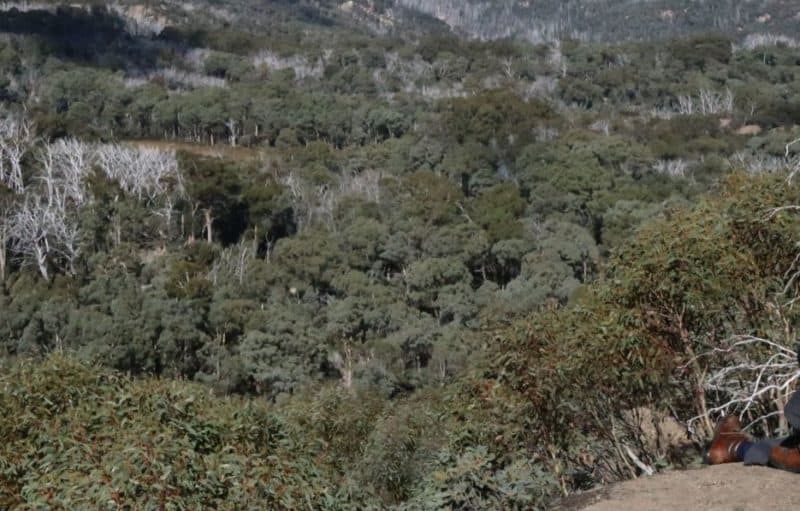NEWS 12 May 2022 |
A new Victorian Auditor General’s Office (VAGO) report, “Offsetting native vegetation loss on private land” released 11 May 2022, revealed that Victoria’s native vegetation on private land is not being adequately protected, and highlights huge neglect of basic regulatory functions like native vegetation control or threatened species laws at both the local and state levels. This report comes on the back of last year’s VAGO report condemning the Government’s failure to halt biodiversity decline.
Victoria is the most cleared state in Australia. Fifty-four per cent of the state’s original native vegetation has been cleared since colonisation. Despite the government’s long-standing policy objective of no net vegetation loss on private land, on private land, the portion of native vegetation lost skyrockets to 79 per cent. The 21 per cent that remains supports 30 per cent of Victoria’s threatened species. It is vital that this remaining habitat is protected to secure the future of Victoria’s native wildlife.
The report’s key findings include:
- The government is not achieving its no-net-loss biodiversity objective for native vegetation on private land. According to the VAGO report, DELWP acknowledges that this is in part due to substantial illegal clearing occurring across the state.
- The Department of Environment, Land, Water and Planning (DELWP) estimates that Victoria loses some 10,380 habitat hectares of native vegetation on private land every year (in reality, this could look like up to 20,000 hectares of land clearing). This estimate is based on modelled data with inappropriate assumptions, so is likely to be conservative. VAGO could not verify this estimate because there is no ground-truth data against which to compare the model.
- Councils are not adequately managing native vegetation clearing on private land and are under-resourced to take effective action against unauthorised clearing.
- Councils are responsible for assessing and approving planning permits, but do not all consistently assess applications to verify that native vegetation removal is avoided and minimised as far as possible. Under the mitigation hierarchy, councils should approve removal of native vegetation only as a last resort.
- Current Council current processes cannot proactively identify illegal clearing due to lack of resourcing and poor data quality. Unless councils address this gap, they will not be able to meet their responsibility under the regulations to ensure that only permitted and exempted clearing takes place in their localities.
- Councils are responsible for enforcement action against illegal clearing. However, DELWP documentation shows that councils across Victoria have not been able to do this effectively.
- Councils have not consistently complied with their responsibilities to ensure permit holders meet permit conditions and monitor first-party offset sites.
- All audited councils advised that other than acting on community complaints, they do not monitor landowner compliance with offset site obligations.
- DELWP, which is responsible for setting the native vegetation management policy and regulations, is aware of key reasons for councils’ failure to implement regulations but has been slow to act to address issues to support councils’ effective implementation of the regulation.
The Victorian National Parks Association is calling on the Andrews Government to urgently heed these findings.
This VAGO report is a shameful second strike for the Victorian Government, and it appears to be on track for a third with no major new funding for nature in this year’s state budget.
